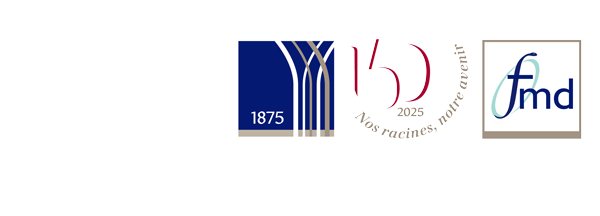Projets de Recherche
Effect of Locking Surfaces on the Complete Arch Scanning Accuracy of Digital Implant Impressions: An In Vitro Study
Description :
When taking digital implant impressions of a fully edentulous arch, scan bodies need to be tightened on the abutments to transfer the 3D implant positions into the CAD/CAM software. In clinical practice, the dentist may have a limited number of scan bodies that in cases of full-arch implant rehabilitations are not enough to register a digital impression. In a maxillary full-arch scenario, a minimum of 4 implants should exist for a fixed implant supported prostheses. In such situations, the practitioner has the option to scan one side with the scan bodies tightened to the implant fixtures, then lock this surface, remove the scan bodies, tighten them on the other side of the arch to be scanned, and proceed with scanning. However, the procedure of “locking surfaces” may affect the accuracy of the scan because the algorithm of stitching images will be different than if a normal scan was taken. Several factors may also contribute to inaccuracy in such cases like the length of the locked area, the number and position of implants to be locked, and the scan strategy implemented after locking the surface. Therefore, the purpose of this study is to evaluate if locking the surface is affecting the accuracy of the scan or not. A maxillary acrylic model fabricated by Straumann will be used containing 4 internal connection implant analogs. The two anterior implants are parallel to each other, whereas the distal posterior implants on each side have an angulation of 17° simulating All-on-4 clinical cases. Then, a reference scannable stone model will be fabricated, implant level scan bodies will be hand screwed over the head of the implants, and the model will be scanned and digitized using an extra-oral desktop scanner to acquire a reference standard tessellation language (STLR). Then, four groups will be created and scanned using TRIOS3 IOS intraoral scanner. Group I (G0): Digital impression using four implant level scan bodies Group II (G1): Digital impression using three implant level scan bodies Group III (G2): Digital impression using two implant level scan bodies Group IV (G3): Digital impression using one implant level scan body For all groups, fifteen scans will be done by only one operator and all STL files will be superimposed over STLR using best fit algorithm of a software program called Geomagic Control X, and the root mean square (RMS) will be calculated. Trueness and precision will be measured in order to evaluate accuracy of the digital impressions. However, to test trueness, 3-D, angular, and distance deviations were made between each of the test groups and the control group. After determining the best scan in each group, that scan will be used as the reference scan which all test group scans are compared against.
Titulaire :TOHME Hani
Contact USJ :
hani.tohme@usj.edu.lb
Chercheur(s) :
Dr Hani TOHME
Projet présenté au CR, le : 27/01/2022
Projet achevé auprès du CR : 30/04/2023

